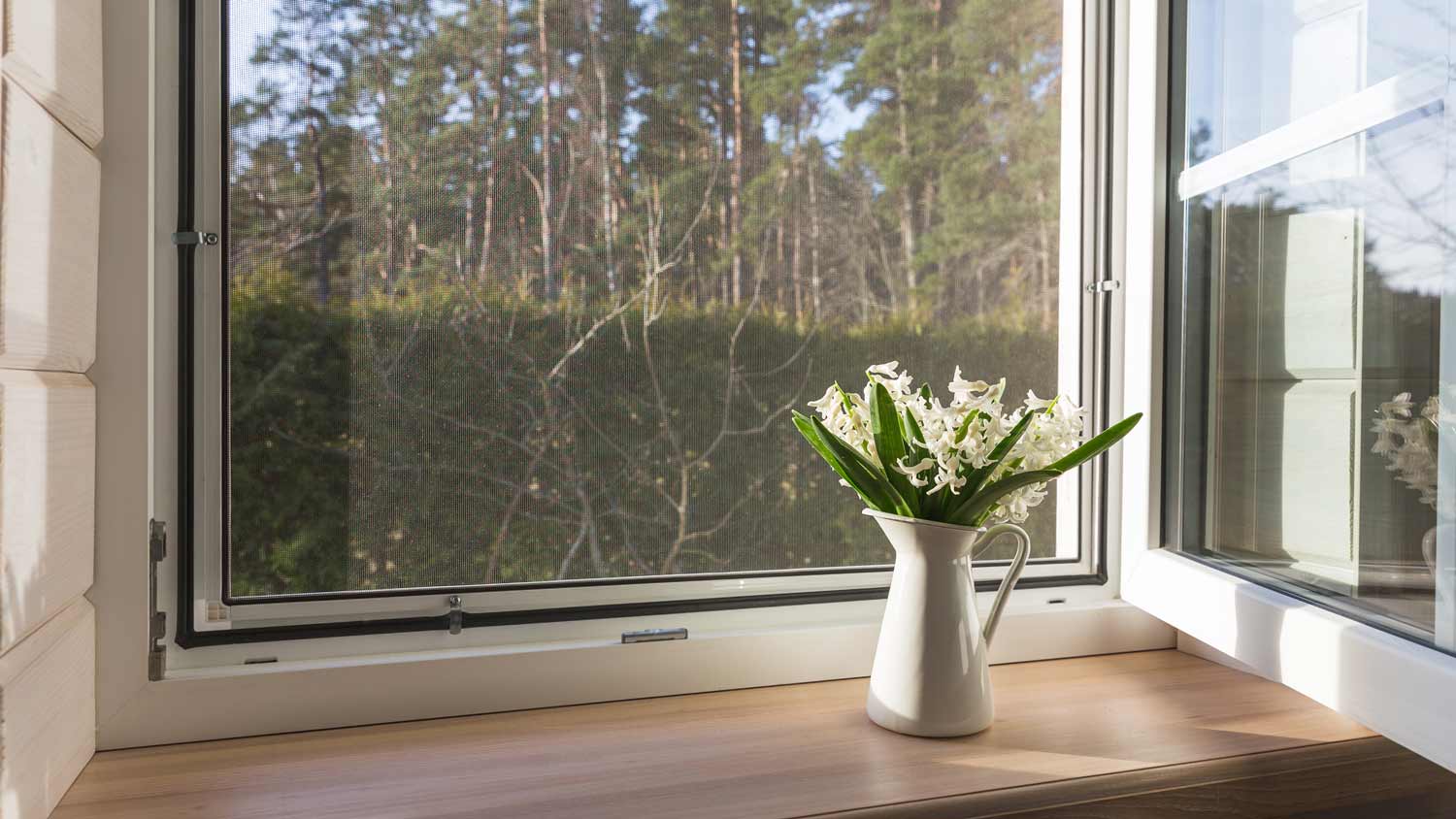9 Gorgeous Ways to Repurpose Barn Doors in Your Home
An old barn door can be your new favorite design feature


Barn doors add texture, rustic charm, and organic warmth to a space, so it's easy to see why they've become such popular design features. But the benefits of barn doors extend well beyond blocking off a doorway. You can transform these versatile doors into everything from headboards to pantry enhancers and furniture accents. Here are some ideas to get you started.
1. Divide Your Spaces
Because barn doors are often bigger than standard doors and can be installed on a long track, they're great options for dividing spaces large and small. You can also install two adjacent barn doors if you have a particularly large area you want to divide.
For instance, if you want to separate, say, your dining room from your living room, you can install a barn door or two between these areas to create a designated space for each. And the beauty of barn doors is that they won't encroach on your square footage, so you can leave them open when you want more space flexibility and close them when you want to section off rooms.
2. Conserve Your Space

Speaking of square footage, barn doors are amazing at conserving it. Standard doors require about 10 square feet of floor space to open and close, but barn doors barely require any (because they slide open and closed along a track). This makes them a perfect match for small spaces. And you can attach them to virtually any doorway, so they're great options for saving space in bedrooms, bathrooms, and beyond.
3. Enhance Your Pantry
Want to give your kitchen an instant farmhouse makeover? Swap out a standard pantry door for a barn door. This is a particularly useful idea if your pantry is close to your cooking space, since you can leave your pantry door open for easy access to ingredients without the door crowding the area.
4. Update Your Furniture
It's fairly straightforward to cut barn doors to virtually any size, which makes them prime candidates for DIY furniture updates. For example, you can conceal shelves on a TV console with parts of a barn door, which will add visual intrigue to your design while hiding cords, remotes, and other devices out of sight. You can also use a barn door to craft a unique dining table, using the door as a tabletop.
5. Refresh Your Cabinets
Barn doors make stellar cabinet fronts, whether you're looking for a quick kitchen update or a bathroom cabinet refresher. This idea also offers a few options to choose from. You can take a single large barn door and cut it down to fit your cabinets, or you can get a custom barn door made that looks like a full-size barn door, but the perfect size for your cabinet front.
6. Accent Your Windows
Barn doors are an amazing way to dress up your windows. In fact, you can even use them as an alternative to curtains and blinds. Simply cut two pieces of the barn door so that when they fit together, they're the size of your window. You can also hire a local woodworker to custom make two doors for you. Then install a rail above your window, hang the two doors, and voila! Instant window treatments.
7. Make a Baby or Pet Gate
Baby gates are better known for their utility than their aesthetic. If you don't want a gate to cramp your style, reclaimed barn doors can offer a more attractive alternative to a standard plastic or metal gate. And it's as easy as cutting the barn door in half, then attaching the required gate hardware. This idea offers a design-forward way to keep your littles protected without blocking the entire doorway so you can keep an eye on them.
8. Craft a Headboard
Looking for a simple way to add texture and warmth to your bedroom? Barn doors make excellent headboards. Here’s a hack: cut one into several pieces and fit it back together to create a pretty wood pattern, which can help to modernize the barn door's look. You can also keep the headboard in a solid piece for more of a traditional farmhouse aesthetic. Not big on DIY projects? Reach out to a local pro to help you make your barn door headboard dreams a reality.
9. Conceal Crawl Spaces

If you have any crawl spaces or other openings in your home that you're not quite sure what to do with, a barn door could be the solution you've been looking for. You can cut a barn door to just the right size, then dress it up with pretty hardware to turn any uncertain space into an intentional design.





- 10 Unique Ideas for Interior Door Designs
- 7 Types of Interior Doors to Use in Your Home
- 8 Tips for Stylishly Updating Interior Doors
- Standard Door Sizes for Interior and Exterior Doors
- What Is a Pole Barn?
- How to Insulate a Door
- 5 Ways To Make Your Front Door Energy Efficient
- Fiberglass vs. Wood Door: Which Is Best for Your Home?
- 9 Tips to Make Installing a Pocket Door in Your Home Easy
- Do I Need a Storm Door? What to Consider















